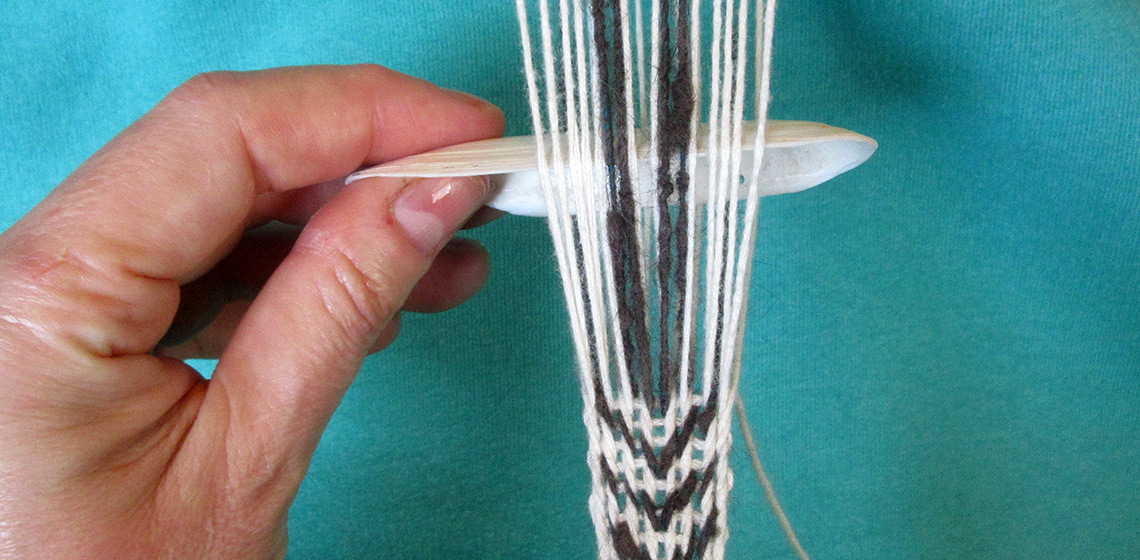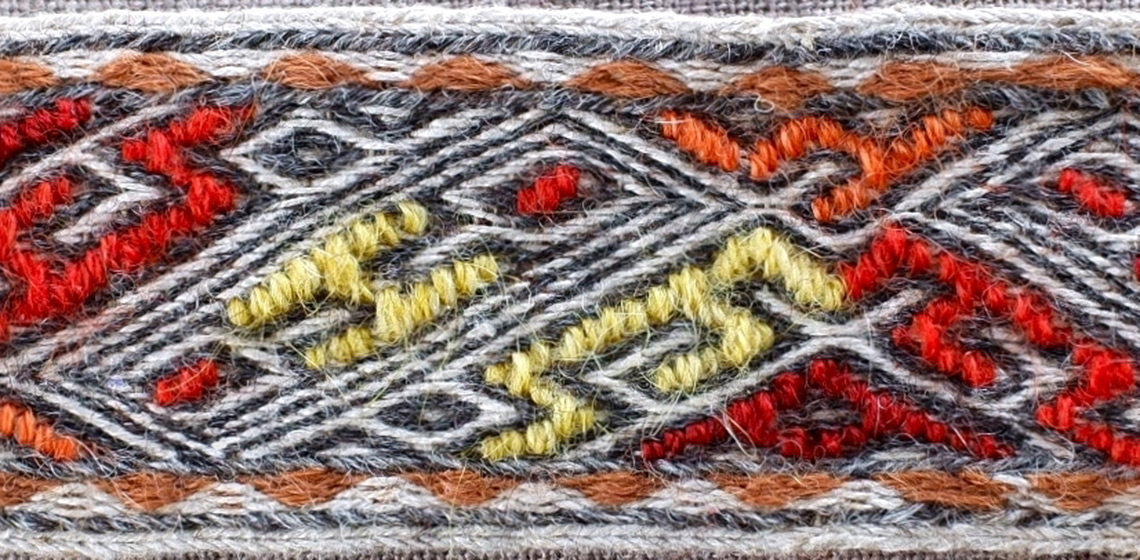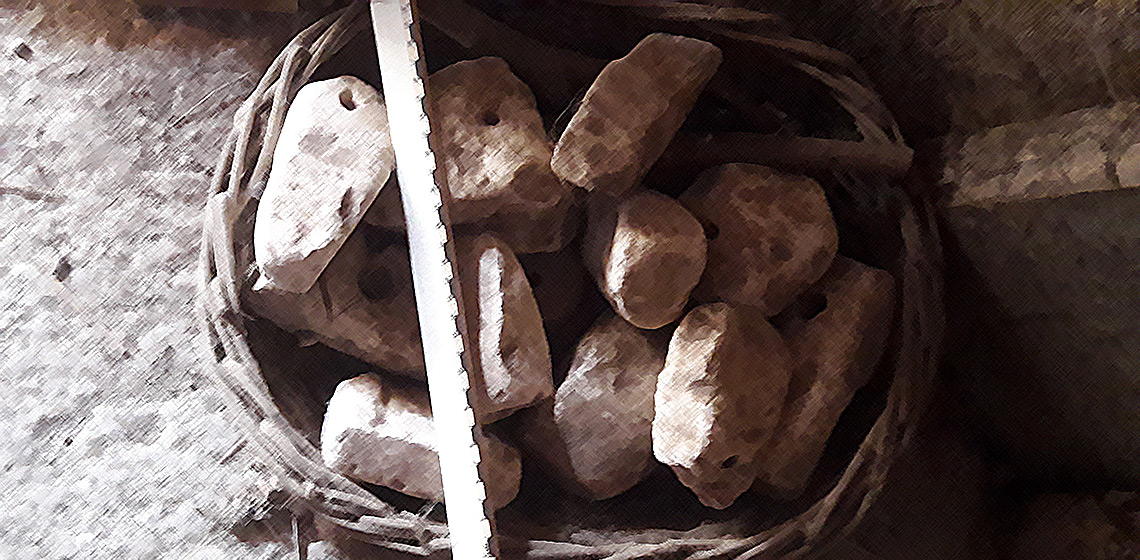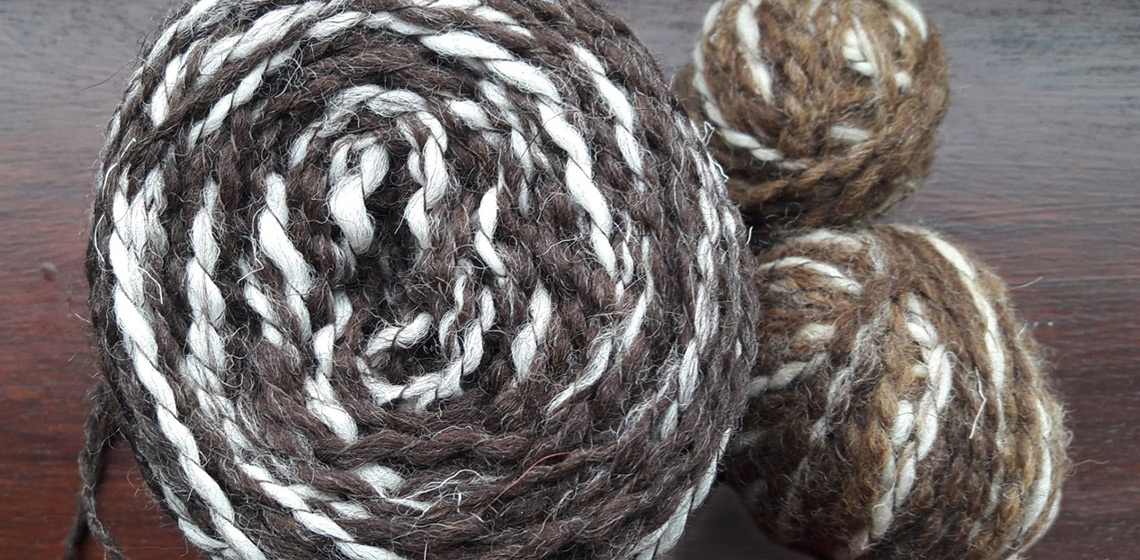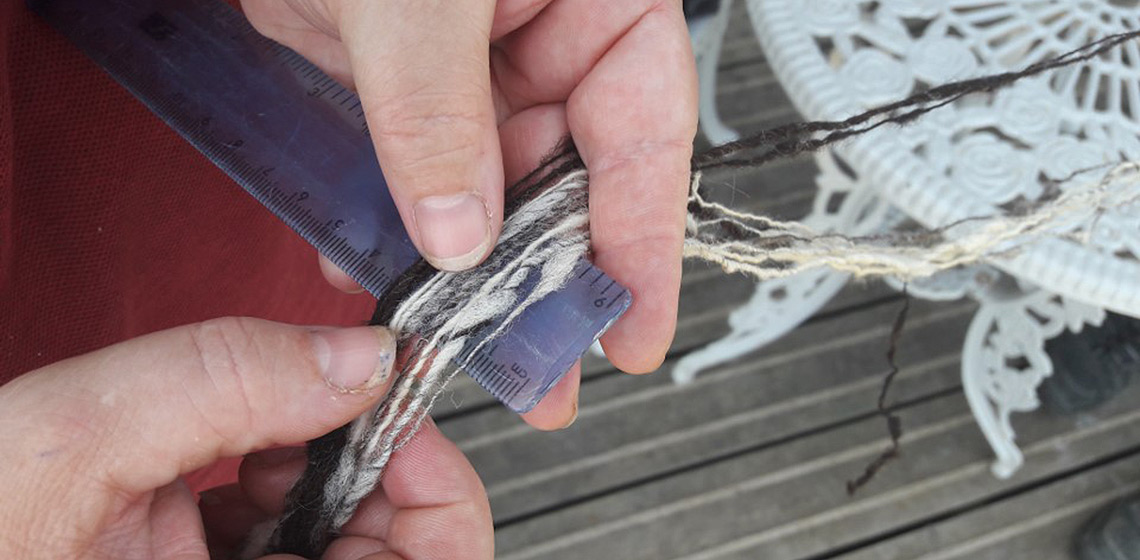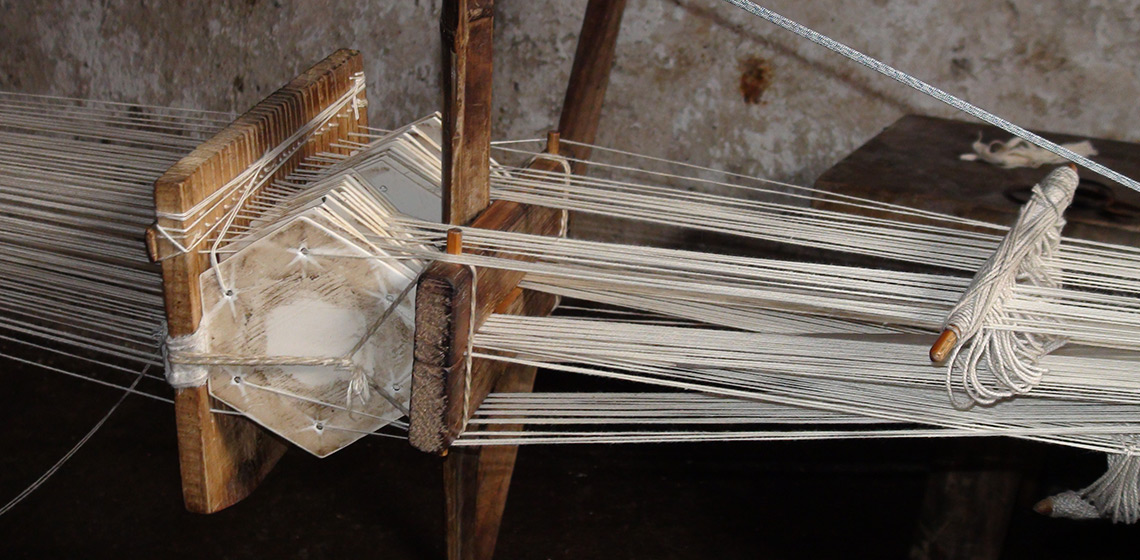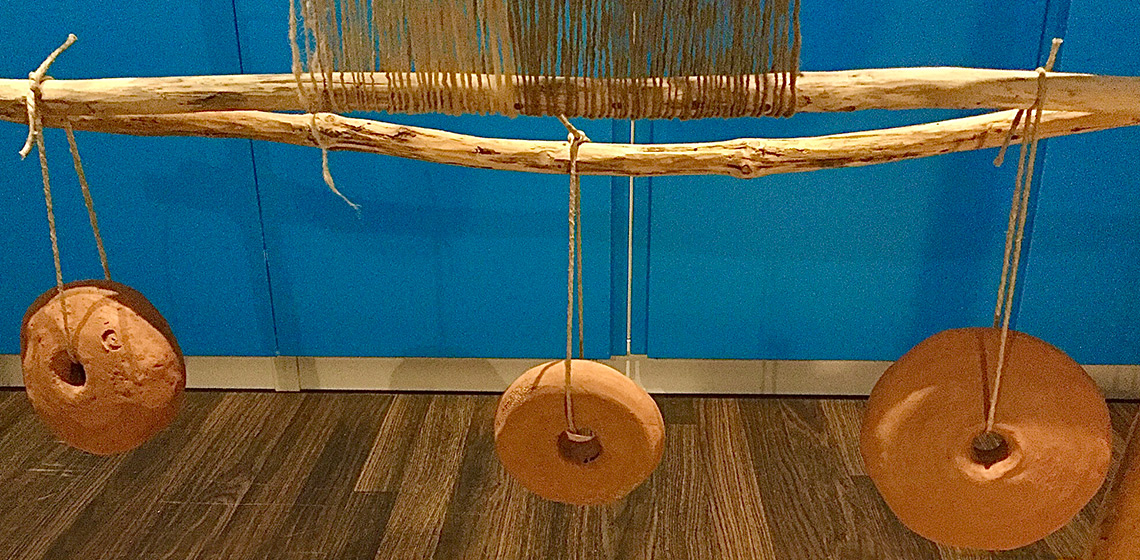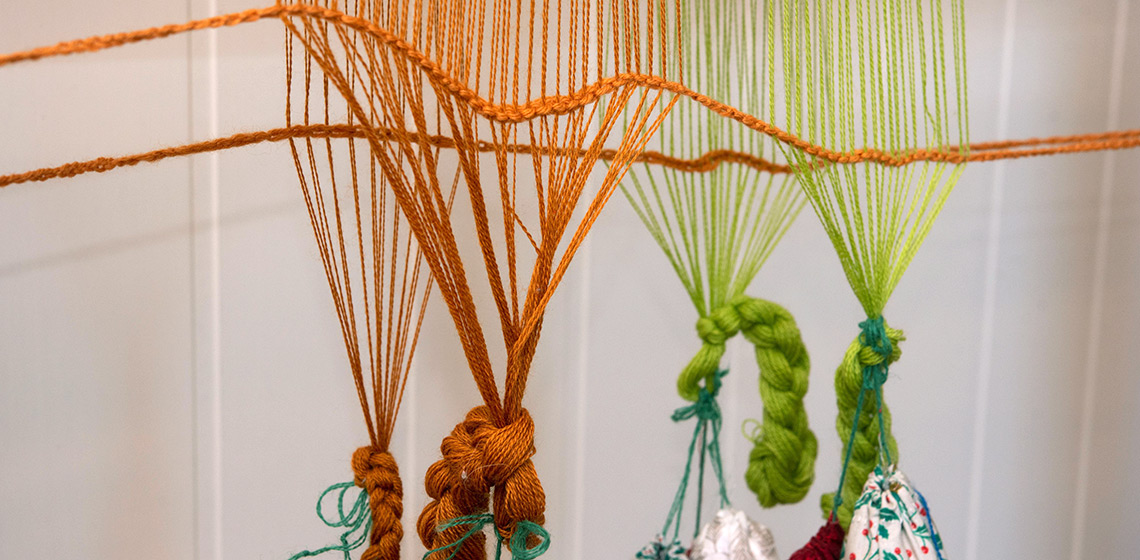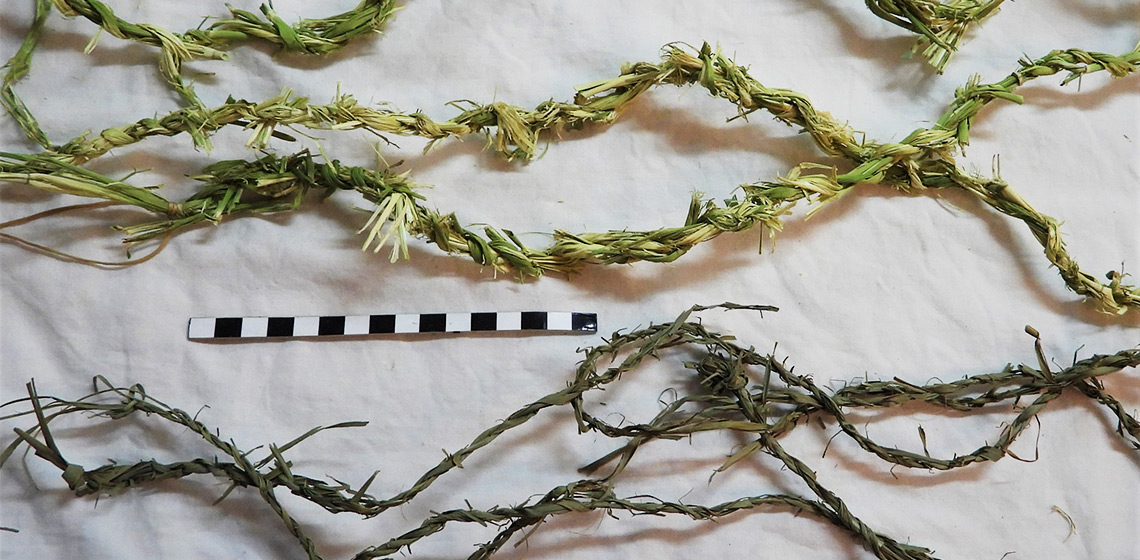weaving
Experimental Weaving and Twining with Ceramic Crescents from the Late Neolithic and Chalcolithic in Southwestern Iberia
Publication Date
Ceramic crescents are a common find at Late Neolithic and Chalcolithic sites in southwestern Iberia (late fourth – third millennium BC). These objects, which often weigh less than 100 g and are perforated on each end, are typically referred to as loom weights and thought to be associated with textile production, although their function remains uncertain...
Function Follows Form: Assessing the Functionality of Shells and Greenstone Shell Effigies as Formative Period Mesoamerican Textile Fabrication Tools, Part 1: Tagelus plebeius Atlantic Stout Razor Clam Shells
Publication Date
Although the importance of textiles in Mesoamerica from the Classic period (AD 250-900) onward is well-recognised, until recently little research or exploration of earlier Mesoamerican textile production has been conducted. This paucity of scholarship is attributable predominantly to the scant preservation of perishable ancient tools and textiles...
A Tablet Woven Band from the Oseberg Grave: Interpretation of Motif and Technique
Publication Date
In this article, the intention is to show the documentations behind the reconstruction of a tablet woven band from the Oseberg discovery catalogued as 13B2. Parts of the band are well preserved, and it is possible to interpret motifs and techniques with considerable confidence. Some parts are poorly preserved and are not possible to interpret clearly...
A Discussion on the Position of Weaving in the Society of Prehistoric Britain
Publication Date
There have been several recent experiments on using warp-weighted looms in Demark, Italy and Greece, some in Roman houses (Andersson Strand, 2015; Dimova, 2016). The experiments, in particular those in Denmark and Netherlands, took place in the typical rectangular longhouses used in their respective prehistories, unlike 'Britain's predominant roundhouses...
Just how practical is it to Move a Warp-weighted Loom from between the Interior and Exterior of a Roundhouse?
Publication Date
An experimental programme at Butser Ancient Farm run between 2015 and 2017 was to investigate weaving within a roundhouse on a warp-weighted loom. Part of these investigations was an examination into the feasibility of moving the loom in and out of the house, to take advantage of the longer daylight available in summer...
Weaving Production in Butser Ancient Farm Roundhouses in the South of England
Publication Date
From 2015 to 2017 a series of weaving experiments using warp-weighted looms were conducted in the roundhouses at Butser Ancient Farm. The aim was to focus on the working environment within the roundhouse and to assess any potential issues that may occur whilst weaving, including benefits. The results of the research would also assist in evaluating any seasonal patterns which cause productivity to...
A Shared Warp: The Woven Belts of the Lao Han People, China
Publication Date
The renowned weaver Peter Collingwood briefly mentioned such belts in his book The Techniques of Tablet Weaving (Collingwood, 1982, pp.219-220). Not long before he died in 2008, he contributed a couple of pages on these belts to the book Minority Textile Techniques: Costumes from South-West China (Collingwood, 2007, pp.28-29).
An Experiment with the Warp-weighted Loom and Heavy Loom Weights. The Case of the Giant Refractory Ceramic “Doughnuts” from North Piedmont, Italy
Publication Date
Heavy, doughnut-shaped, loom weights made of refractory clay are often found in excavations of Roman and Late Roman settlements in North Piedmont. Unfortunately, they are not found in situ with a weaving loom. We have interpreted them as having been specifically designed for use on a warp weighted loom with a lower mobile beam which is weighed down by a few heavy loom weights...
The Shroud of Turin and the Extra Sheds of Warping Threads. How Hard can it be to Set up a 3/1 Chevron Twill, Herringbone on a Warp-weighted Loom?
Publication Date
On the 10 May 2020, Mr. Hugh Farey sent me an email. He introduced himself as “a researcher into the weaving of the linen cloth known as the Shroud of Turin”. Then he described the size of the Shroud and how it looked. His question to me was this: “If you had a piece of cloth as described and looked at it closely, could you tell if it was made by a warp-weighted or treadle loom, or would there be no difference?”...
Groundstone Indications from the Southern Levant for a 7th Millennium BCE Upright Mat Loom
Publication Date
The southern Levant features a long-established matting tradition: soumak (weft wrapping) and also weft twined matting from the 10th millennium BC, and coiled matting from the 8th millennium BCE. The Chalcolithic period, 5th millennium BCE, attests to the introduction of plain plait, twill, sewn through techniques and also the use of the horizontal ground mat loom...


